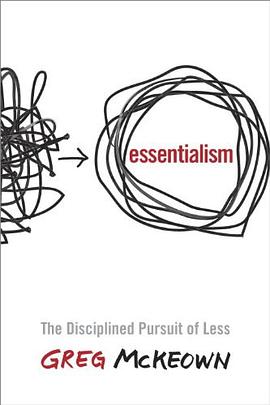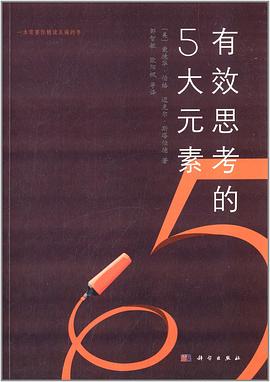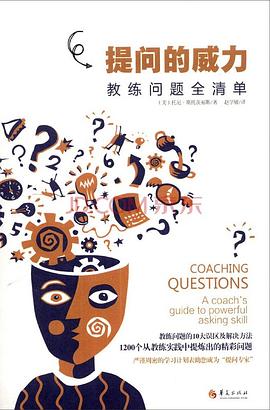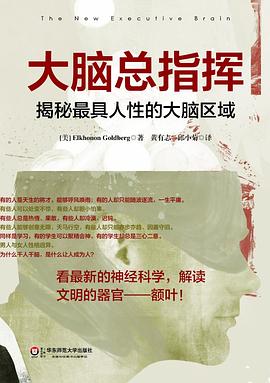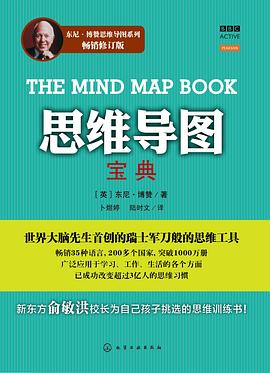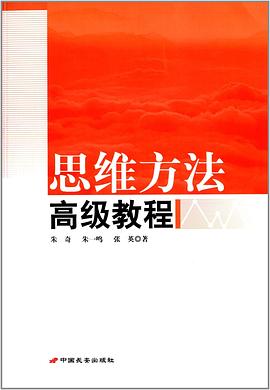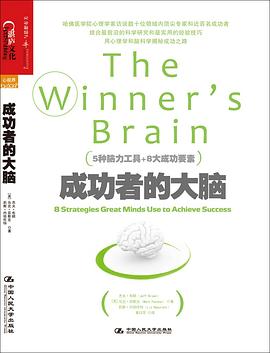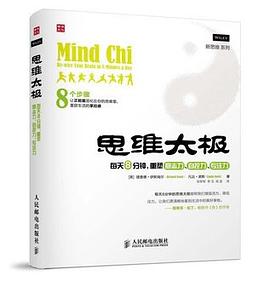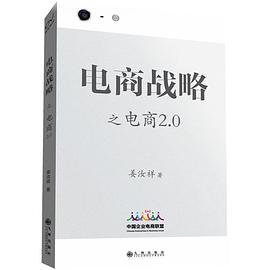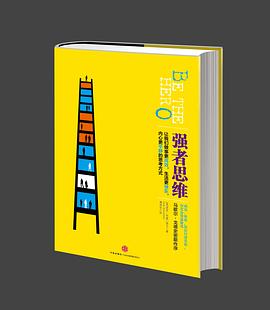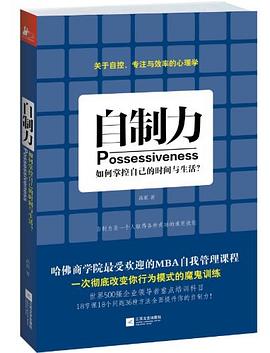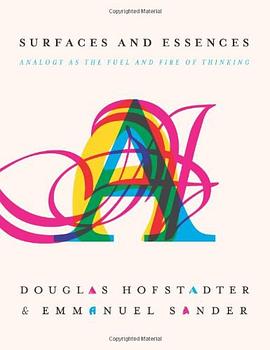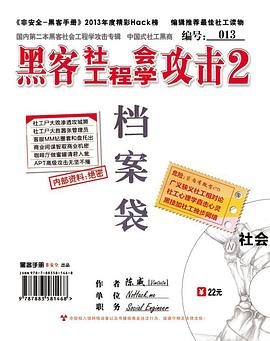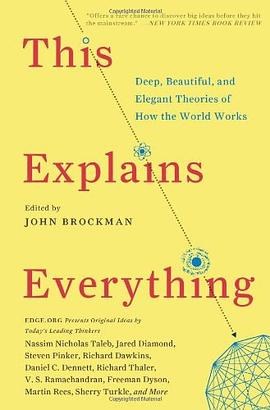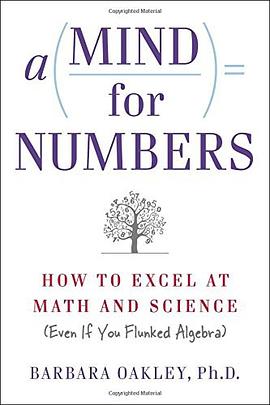

具体描述
Whether you are a student struggling to fulfill a math or science requirement, or you are embarking on a career change that requires a higher level of math competency, A Mind for Numbers offers the tools you need to get a better grasp of that intimidating but inescapable field. Engineering professor Barbara Oakley knows firsthand how it feels to struggle with math. She flunked her way through high school math and science courses, before enlisting in the army immediately after graduation. When she saw how her lack of mathematical and technical savvy severely limited her options—both to rise in the military and to explore other careers—she returned to school with a newfound determination to re-tool her brain to master the very subjects that had given her so much trouble throughout her entire life.
In A Mind for Numbers, Dr. Oakley lets us in on the secrets to effectively learning math and science—secrets that even dedicated and successful students wish they’d known earlier. Contrary to popular belief, math requires creative, as well as analytical, thinking. Most people think that there’s only one way to do a problem, when in actuality, there are often a number of different solutions—you just need the creativity to see them. For example, there are more than three hundred different known proofs of the Pythagorean Theorem. In short, studying a problem in a laser-focused way until you reach a solution is not an effective way to learn math. Rather, it involves taking the time to step away from a problem and allow the more relaxed and creative part of the brain to take over. A Mind for Numbers shows us that we all have what it takes to excel in math, and learning it is not as painful as some might think!
作者简介
Barbara Oakley is a professor of engineering at Oakland University in Rochester, Michigan. She has received many awards for her teaching, including the coveted National Science Foundation New Century Scholar Award.
目录信息
读后感
【focused mode ---->diffuse mode】 1.focused mode science math learn small doses every day difficult problem require more period unconsciously (leave the "mortar" enough time to dry! enough time to work in the background.) 2.diffuse mode sleep is the ulti...
评分对书中提及的重要概念做的笔记。 集中思维(focused mode) 与发散思维(diffuse mode) 学习新事物应当采取发散的思维模式,用于跟已有知识产生联系,建议新的神经连接。 类比是件很有效的学习方法。 学习新事物、困难的事物时,你需要在集中思维和发散思维间来回切换,用发散...
评分 评分用户评价
关于如何学习的一本实用性手册
评分最近怎么老读一些学生该读的东西。对现在的自己作用不大。
评分听的AUDIO BOOK,没打盹,就象听自己的故事。我也自以为是个数学蠢货,语言能力平平却学了很多门,等到一把年纪来才发现自己擅长的,是自己从小就鄙视的科目。内容没什么实在的干货,有些理念倒是很好:千万不要给自己的思维定性,学习是持续的事情。关注力的练习是关键。
评分很不错的关于学习的一本书,其实内容或多或少已经出现在诸如|《思考快与慢》等畅销书中,但是有些概念和思路其实就是需要反复被强调,权当自我监督。
评分大脑使用手册,良心推荐
相关图书
本站所有内容均为互联网搜索引擎提供的公开搜索信息,本站不存储任何数据与内容,任何内容与数据均与本站无关,如有需要请联系相关搜索引擎包括但不限于百度,google,bing,sogou 等
© 2025 book.quotespace.org All Rights Reserved. 小美书屋 版权所有


